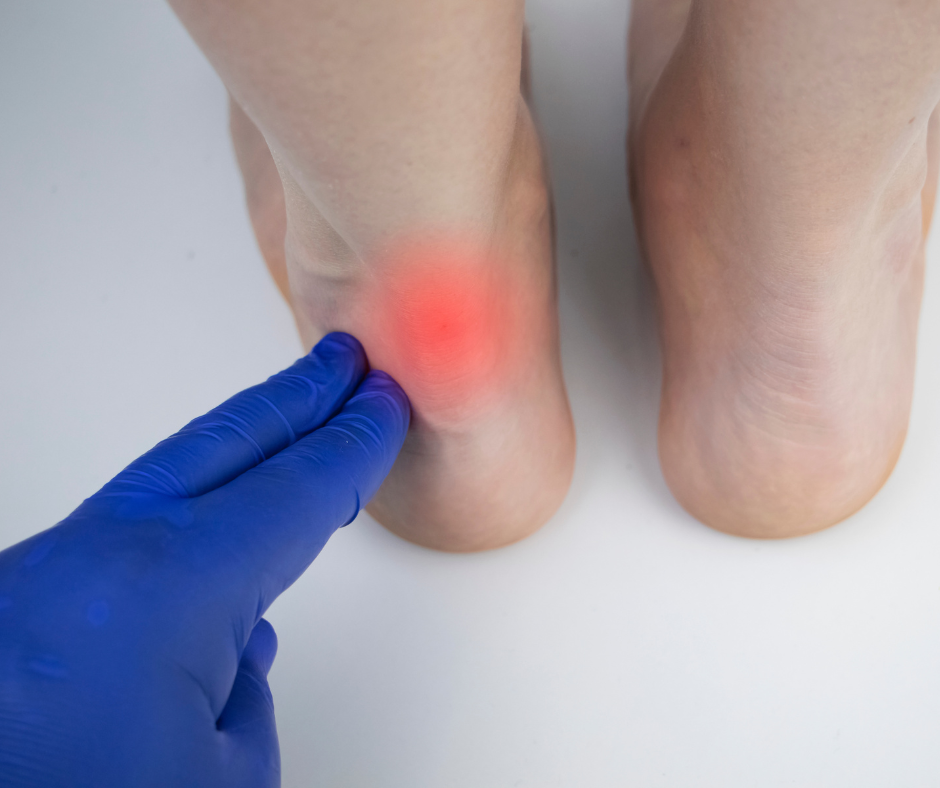
When a patient with diabetes develops osteomyelitis, or a bone infection of the foot, early diagnosis and treatment can help avoid catastrophic consequences. When an infection develops in ulcerated soft tissues, it can quickly spread to the bone. A lack of blood flow deprives the area of bacteria-fighting oxygen, putting the patient at risk of bone death and amputation.
It is estimated that more than 20 percent of individuals with diabetic foot ulcers will develop osteomyelitis. Many of these patients have diabetic neuropathy, which causes a loss of sensation in the lower limbs. Chronic wounds can develop and fester for weeks or months without the patient feeling any pain.
In the general population, osteomyelitis can also develop after a puncture wound or trauma, or as a complication after joint replacement. Patients who are on hemodialysis and the immunocompromised are also at higher risk. To complicate matters further, some individuals can be more vulnerable to osteomyelitis because of the rise in antibiotic resistance to bacteria.
Symptoms and Diagnosis
Common symptoms of osteomyelitis include swelling and redness, a burning sensation, skin drainage (yellow pus), fatigue, fever, and pain. It’s important to diagnose and treat the condition quickly not only to prevent amputation but to stop the development of chronic refractory osteomyelitis, which requires ongoing care.
Osteomyelitis is diagnosed by performing magnetic resonance imaging (MRI), obtaining a bone culture, bone scan or bone biopsy. In addition, blood tests may reveal elevated levels of white blood cells and other factors indicating that the body is fighting infection.
Information for Diabetics
It’s important for individuals with diabetes to pay special attention to the legs and feet and examine them daily. The bony structures in these areas are particularly vulnerable to osteomyelitis and foot complications are the most frequent reason for patients with diabetes to be hospitalized. In fact, approximately 60 percent of diabetic foot ulcers are complicated by an infection and more than two thirds of these patients will suffer from a lower limb amputation.
When to Seek Help
If a wound has not healed within 30 days or is complex and needs additional management, it’s important to consider referral to a wound care physician. If osteomyelitis is suspected, special care will be taken to diagnose and aggressively treat the infection in order to prevent the condition from deteriorating and leading to possible amputation.
If you or someone you know has a wound that is not healing or if osteomyelitis is suspected, we’re here to help them heal. Contact the Covenant Wound Healing & Hyperbaric Medicine Center at Covenant HealthCare, 989.583.4401 or visit https://www.covenanthealthcare.com/ch/woundhealingcenter.